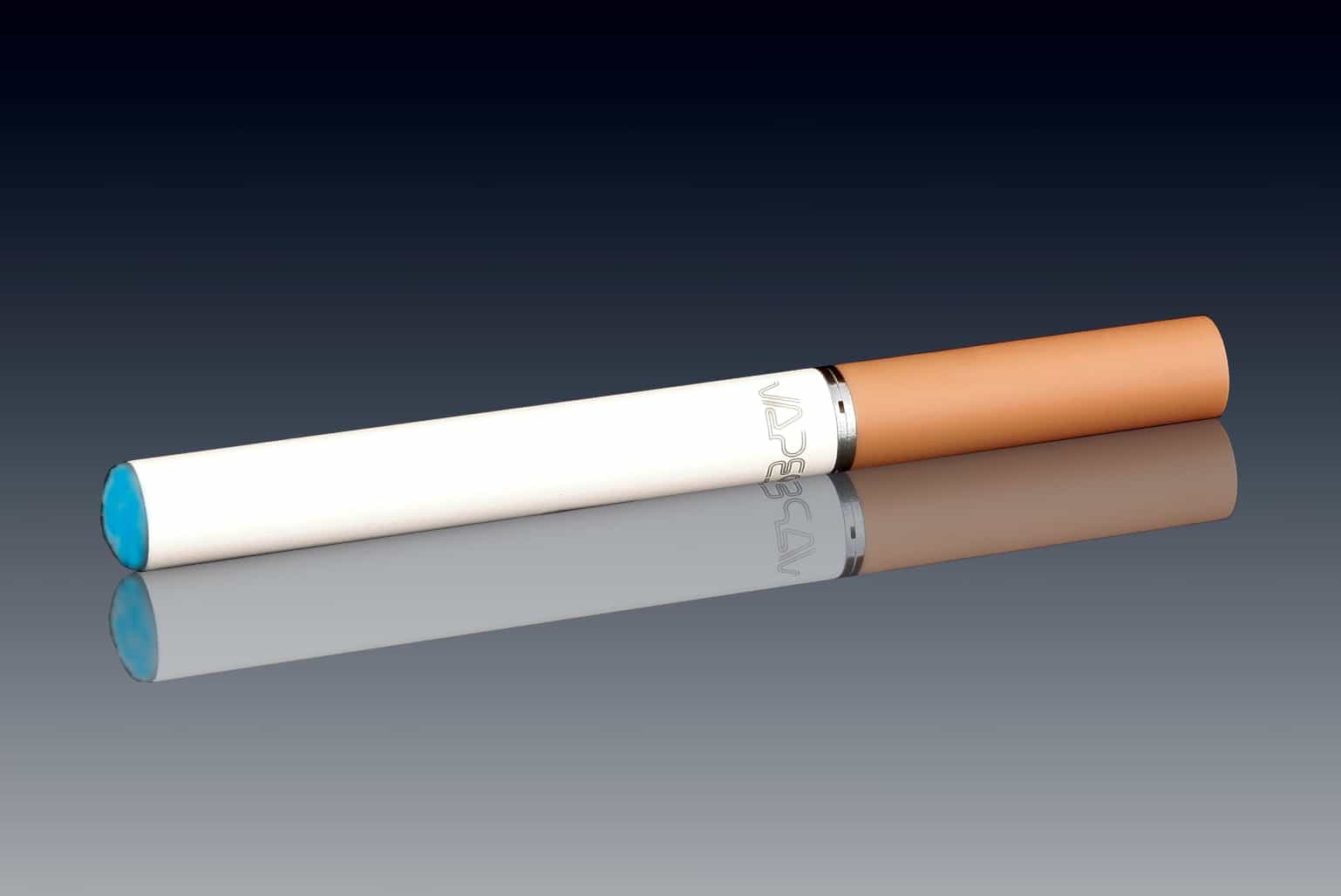
The U.S. Food and Drug Administration (FDA) has stated that the exact health effects of e-cigarettes remain unknown. E-cigarettes provide a different nicotine delivery system that, instead of providing smoke, provides vapor. Not unexpectedly, the makers of e-cigarettes argue that their products are safer than traditional cigarettes; however, the FDA has questions concerning the fairly […]
 The U.S. Food and Drug Administration (FDA) has stated that the exact health effects of e-cigarettes remain unknown. E-cigarettes provide a different nicotine delivery system that, instead of providing smoke, provides vapor.
The U.S. Food and Drug Administration (FDA) has stated that the exact health effects of e-cigarettes remain unknown. E-cigarettes provide a different nicotine delivery system that, instead of providing smoke, provides vapor.
Not unexpectedly, the makers of e-cigarettes argue that their products are safer than traditional cigarettes; however, the FDA has questions concerning the fairly new nicotine products, according to Daily News Journal. “While e-cigarette aerosol may contain fewer toxicants than cigarette smoke, studies evaluating whether e-cigarettes are less harmful than cigarettes are inconclusive,” the FDA indicated in a recent report. The agency also questioned claims that e-cigarettes may be of help in smoking cessation, indicating in the report that, “No e-cigarette has been approved by FDA as a cessation aid.”
Also according to the FDA, it has concerns about impacts to the environment and exposure to non-users of the devices. Daily News Journal also indicated that the agency has been working to bring e-cigarettes under its regulatory authority.
Critics have been concerned that e-cigarette makers are touting the devices to younger people, especially given that, regardless of the method, e-cigarettes are still nicotine delivery systems. “It is not known whether e-cigarettes may lead young people to try other tobacco products, including conventional cigarettes, which are known to cause disease and lead to premature death,” the FDA indicated in its report, wrote Daily News Journal.
Meanwhile, e-cigarettes have been associated with a rising number of injuries such as burns, nicotine toxicity, and heart and respiratory issues. According to the FDA, more than 50 complaints were received over e-cigarettes in the one-year period from March 2013 to March 2014, Fox News reported, citing U.S. data obtained through a public records request. The data is “on par” with the combined number of reports received in the prior five years, Fox News wrote.
Some 21 percent of all adult smokers use e-cigarettes, according to federal data. This figure represents a more than doubling of the rate in previous years. According to David Ashley, director of the office of science at the FDA’s tobacco division, the increase is considered significant. Even more so, he said, is the increase in the number of e-cigarette-related telephone calls to poison control centers, according to a report issued by the U.S. Centers for Disease Control and Prevention (CDC). “Both together does (sic) suggest there are more instances going on,” he told Fox News. Some industry analysts say that the e-vapor devices will outnumber traditional cigarettes in a decade; today the e-cigarette industry generates some $2 billion in annual U.S. sales. Traditional cigarettes are, currently, an $85 billion industry.
e-Cigarettes, were developed in China and introduced in the U.S. in 2007. The products are battery-powered cartridge devices filled with a nicotine-based liquid. When heated, an inhalable mist is created. The FDA recently sponsored research to respond to safety questions and is reviewing its database of adverse events to locate trends that may raise issues.


